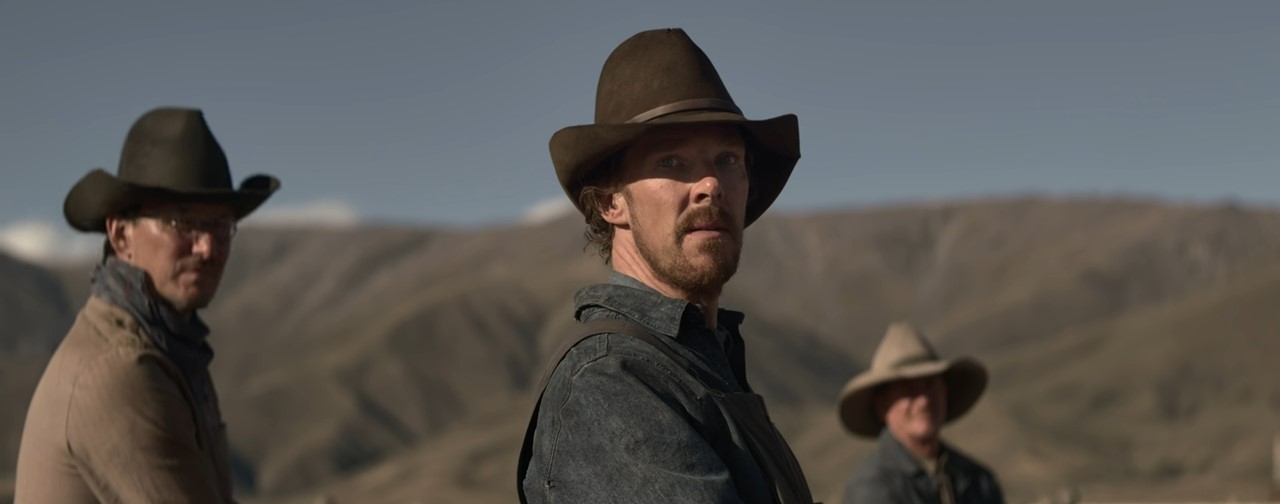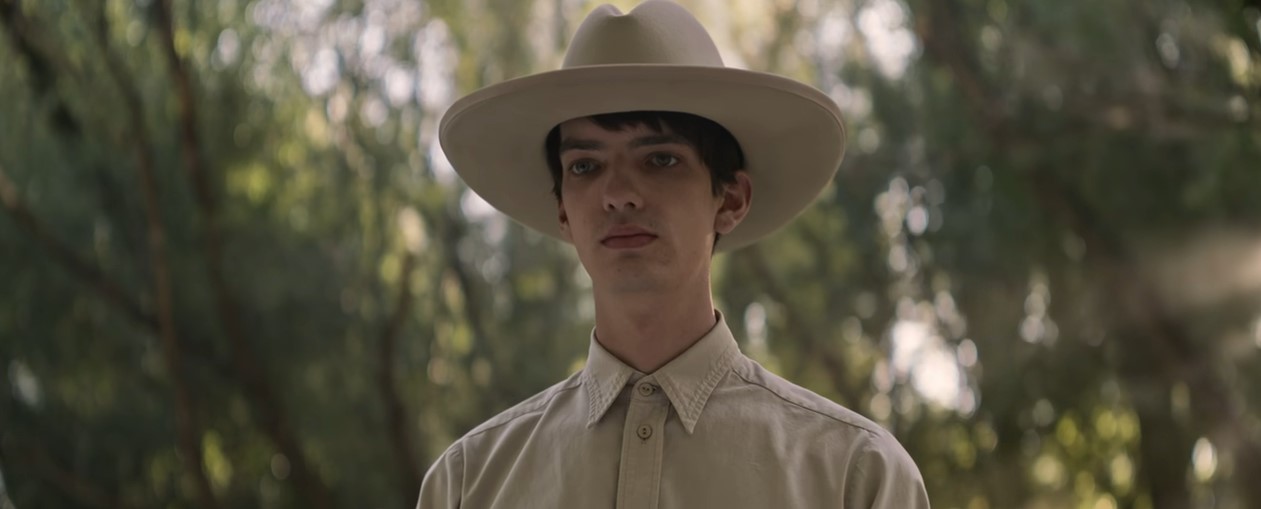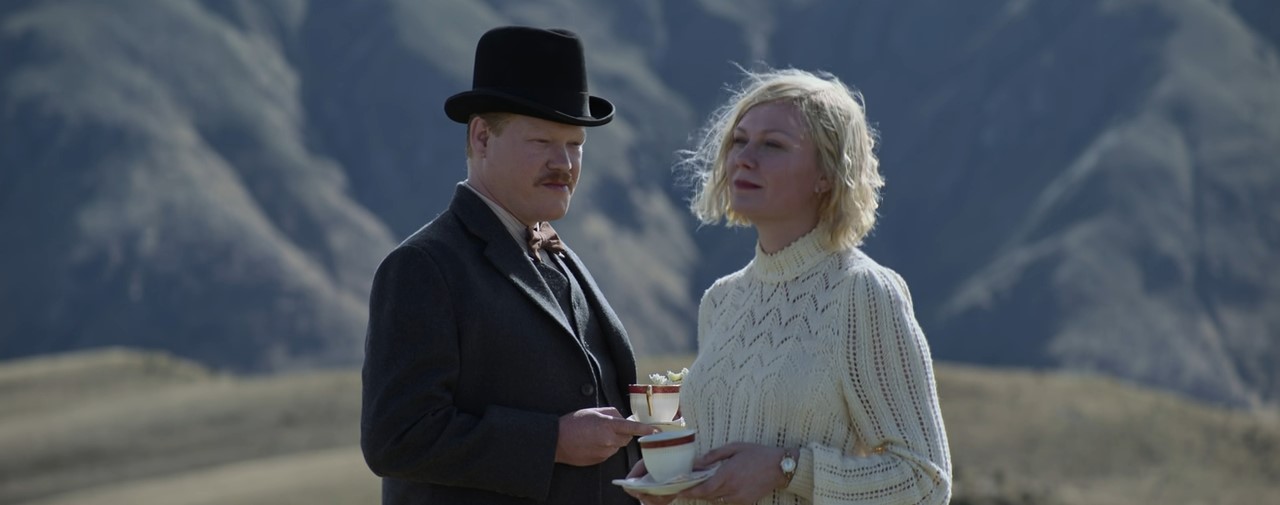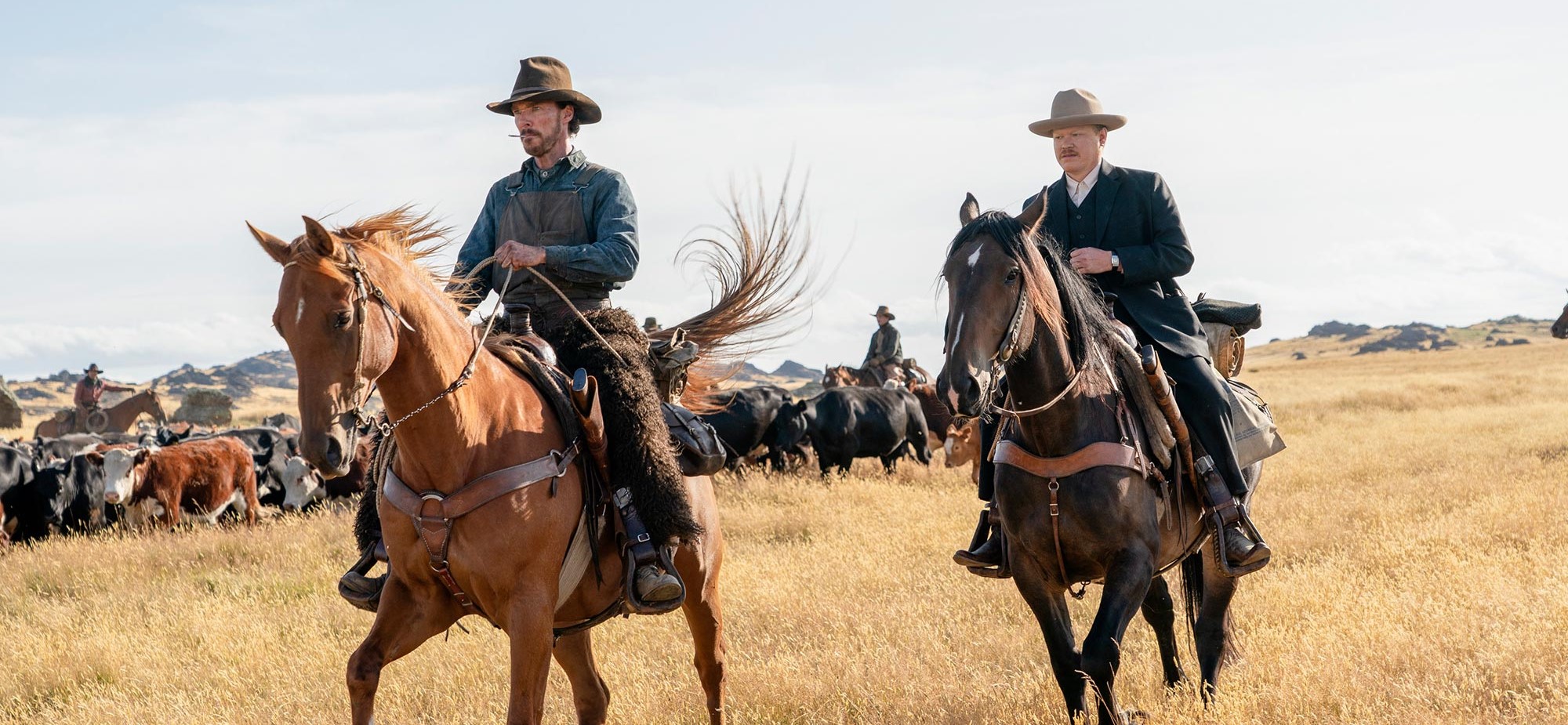Jane Campion’s ‘The Power of the Dog’ revolves around the lives of two brothers named Phil and George Burbank on a ranch in Montana. In particular, it focuses on Phil’s strained relationship with George’s new wife, an innkeeper named Rose, and her teenaged son, a medical student named Peter. Diving deep into the themes of masculinity, homosexuality, homophobia, alcoholism, and revenge, the film is a gritty exploration of the interpersonal relations and day-to-day workings of those at the Burbank ranch. Benedict Cumberbatch, Jesse Plemons, Kirsten Dunst, and Kodi Smit-McPhee star in pivotal roles.
The film has received immense praise for its fantastic cast, stylistic direction, and hard-hitting topics. With its realistic portrayal of farm life and the heady mix of religiosity and personal freedom that takes control of cowboys, the film is definitely a must-watch for anyone interested in Western dramas. Understandably, many wonder whether the Campion directorial, thrumming with the concepts of homoeroticism and self-loathing, derives its content from fact or fiction. Let’s dive right in and find out whether ‘The Power of the Dog’ is based on reality or imagination.
Is The Power of the Dog a True Story?
No, ‘The Power of the Dog’ is not based on a true story. However, it does contain a few elements of truth and derives its source material from Thomas Savage’s 1967 novel of the same name. In fact, the film tries its best to stay faithful to the storylines and themes explored in the novel. Savage’s works are imbued with his own personal experiences, from his feeling of being a misfit amongst the Montana ranchers to his imaginative way of looking at the world.

Most importantly, the character of Phil is based on Savage’s step-uncle, William Brenner. “Thomas Savage moved to a ranch with his mother, which is the story which is really told in the film [‘The Power of the Dog’] as well, and the brother of the man that his mother married was talented — like, great chess player and, you know, went to Yale, et cetera — but also, like, a really hardened cowboy and terrible bully,” stated Campion.
Peter’s character is also assumed to be a stand-in for Savage himself. Additionally, it is widely believed that Savage was a closeted gay man despite having a wife and children, which explains why the novel (and subsequently, the film) thoroughly understands the complications brought about by feelings of homosexual attraction in a homophobic society.
The film presents to us the abyss of differences between the two brothers, Phil and George, by highlighting how the former treats the family of the latter. George is sensitive and sensible, whereas Phil is frightfully dominating. Phil’s aggressiveness and ruthless mockery of Peter drive Rose, already grappling with being an outsider, to alcoholism.

The immersive backdrop and realistic depiction of 1920s ranch life — from the handling of rawhide to constantly being covered in dirt — add authenticity and weight to the characters who are products of their environment. In fact, literary critics highlight how the novel applies the concept of queerness to the wild landscape of the Great Plains. We see this in the movie as well, from Phil’s symbolic castration of a bull to his insistence on using the ranch’s elements, such as the horses, to bully Peter, who is distinctly effeminate.
“He’s [Phil] torn apart with the pain of his inner self and a childish jealousy that drives his need to upset and hurt,” stated Cumberbatch (Phil), who busied himself with the ranch life of Montana to prepare for the role. Choosing the path of method acting, he also learned horse riding, whittling, rope-braiding, and taxidermy to embody the character of Phil.
We eventually realize that Phil’s hyper-masculinity and blatant homophobia are a result of his own repressed desires that were first realized during his interactions with his mentor and best friend, the late Bronco Henry. A scholar of Greek and Latin, Phil decides to step away from the world of academia and aggressively deals with the harsh realities of rural life to brandish his fierce masculinity and hide his homosexuality and resultant self-loathing.
Embracing ranch life also allows him to be close to his memory of Bronco, a renowned cowboy he constantly looks up to. Meanwhile, Dunst’s Rose shows us the deeply misogynistic society of 1920s rural America and allows the various masculinities in the film to emerge powerfully. Her sufferings highlight the rigidity of gender norms and the contrasting approaches to emotions taken by men and women.

The essence of the film, as well as its title, hinges on Psalm 22:20: “Deliver my soul from the sword; my darling from the power of the dog.” This verse highlights a powerful foe determined to cause harm, addressing David’s enemies and those hell-bent on destroying Jesus Christ. Peter’s actions towards the end of the movie make it obvious that he intentionally gives Phil the anthrax-ridden rawhide as he wishes to avenge his mother and himself. It’s fascinating how Peter, the only one other than Phil who can detect the dog-shaped rock formation in the distance, sees through his step-father’s brother and figures out what makes him tick.
Thus, ‘The Power of the Dog’ may not be based on a true story but it obtains its hard-hitting and authentic representation of ranch life and masculine identities by drawing recognizable elements from the real world, particularly as experienced by Savage. Sometimes the best works of fiction are those that expertly know how to mold the truth to fit the shape of the imagination.
Read More: Where Was The Power of Dog Filmed?


You must be logged in to post a comment.